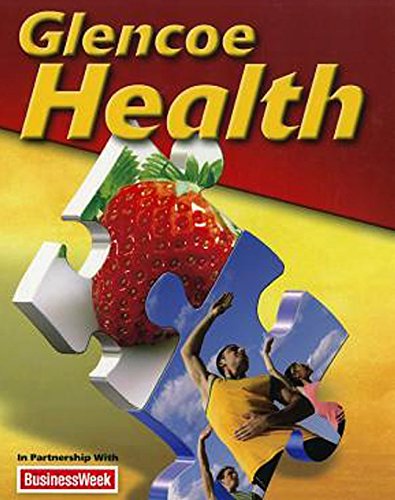
All Solutions
Page 214: Chapter 8 Assessment
This statement should not be asked when you are jealous or envious of a friend. Overcoming these negative feelings should involve reminding yourself of your unique talents and positive aspects of your own life.
Negative effect – creating prejudice against individuals as they do not behave the same way as the people in the clique.
$textbf{Close friends}$ – share interests with but have emotional bonds. You share your thoughts and feelings with them.
$textbf{Platonic friends}$ – friendship with the opposite gender.
You share your interests in any type of friendships to have a common ground that you can talk about.
Positive peer pressure involves encouraging your friend to join community projects and other activities that would positively influence him/her. It does not involve risky behaviors or activities that might harm a person.
Manipulation is exerting negative peer pressure on someone by using indirect, dishonest actions and behaviors that would control or influence other people. In this case, asking a person directly about his/her feelings is not considered a manipulation technique.
The three-step process of refusal skills include stating your position, suggesting alternatives, and standing your ground.
$textbf{Passive}$ – inability to express thoughts and feelings in a direct manner.
$textbf{Aggressive}$ – overly forceful expression of ideas.
$textbf{Assertive}$ – firm stand on expressing views respectfully.

